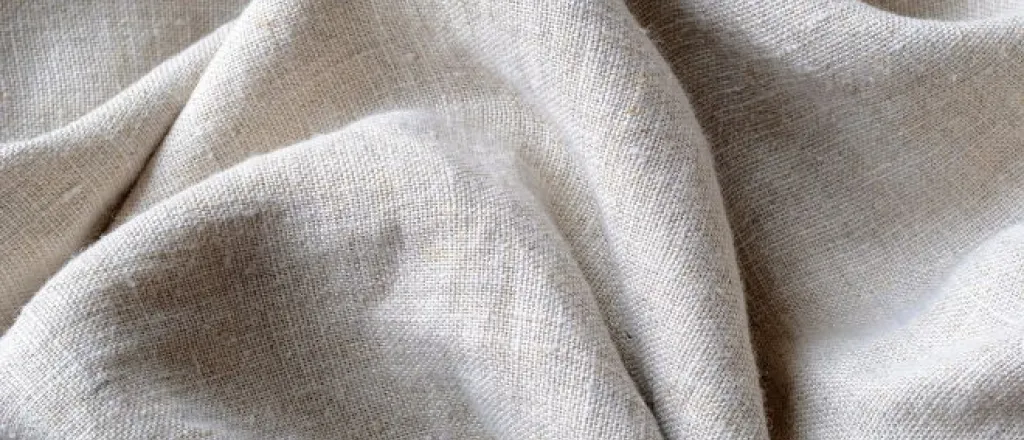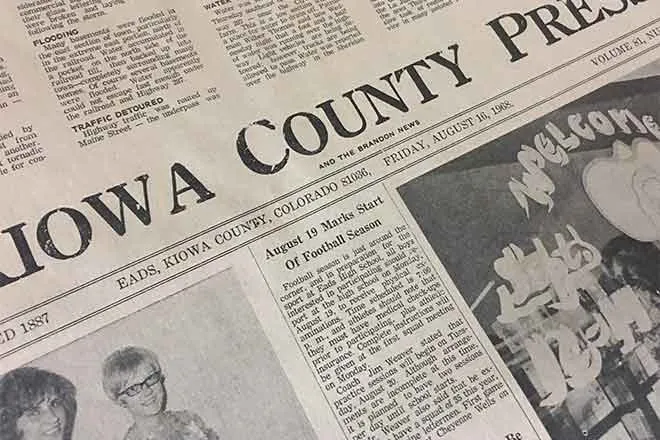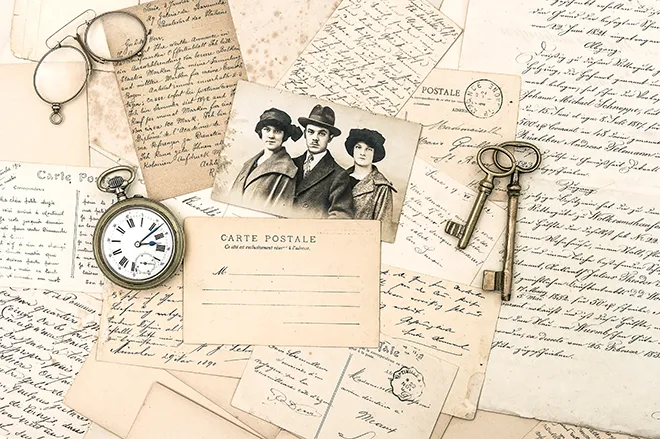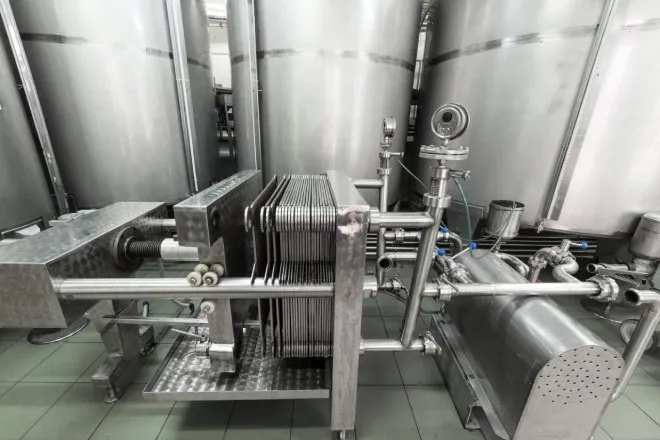
Why American colonists used linen instead of cotton
The American Revolution is a historical event that every American learns about in elementary school. Students learn how the early colonists stood up to British taxes through behaviors like switching from tea to coffee. However, you probably haven’t heard about how the American colonists used linen instead of cotton to rebel against Britain. Keep reading to learn more!
Pre-industrial fabric production
To understand why the linen versus cotton debate was such a big deal, you need to understand a few things about early fabric production. Before the 20th century, natural fibers were the only ones available. In the North American Colonies, some of the most common fibers included the following:
• Cotton
• Linen
• Hemp
• Silk
• Wool
Natural fabrics take a long time to make. Someone has to shear the sheep, boil the silk cocoons, or weave the fiber before it becomes useful fabric.
Before the cotton gin
Eli Whitney invented the cotton gin in 1794, starting the process of industrializing the global cotton industry. The cotton gin removes seeds from cotton fiber, which is a crucial step in turning cotton into fabric. Before this invention, people had to pick out the seeds by hand, which was a mind-numbingly tedious process. Cotton production was slow and expensive during the American Revolution.
A financial contest
Before the North American Colonies ever went to war with Britain, the two parties fought many financial battles. For example, many British cloth manufacturers took advantage of the fact that American colonists wanted goods from their home country. They charged high prices for shipping cotton across the Atlantic to colonists. When they started planting their own cotton to turn into fabric, Britain put tariffs on looms and forbade colonists from exporting their own fabrics.
Linen to the rescue
As an act of rebellion, many farmers focused on growing flax, which gives us linen. This is another durable natural fiber used to make different textiles, and it doesn’t take as much time to produce as cotton. In fact, linen is one type of fabric used to make American flags. American colonists avoided paying a premium for British cotton by working with home-grown linen, hurting the British economy.
American colonists used linen instead of cotton in order to send a message of independence to Britain. Next time you’re working on a sewing project, consider using linen as an homage to this piece of American history!
















